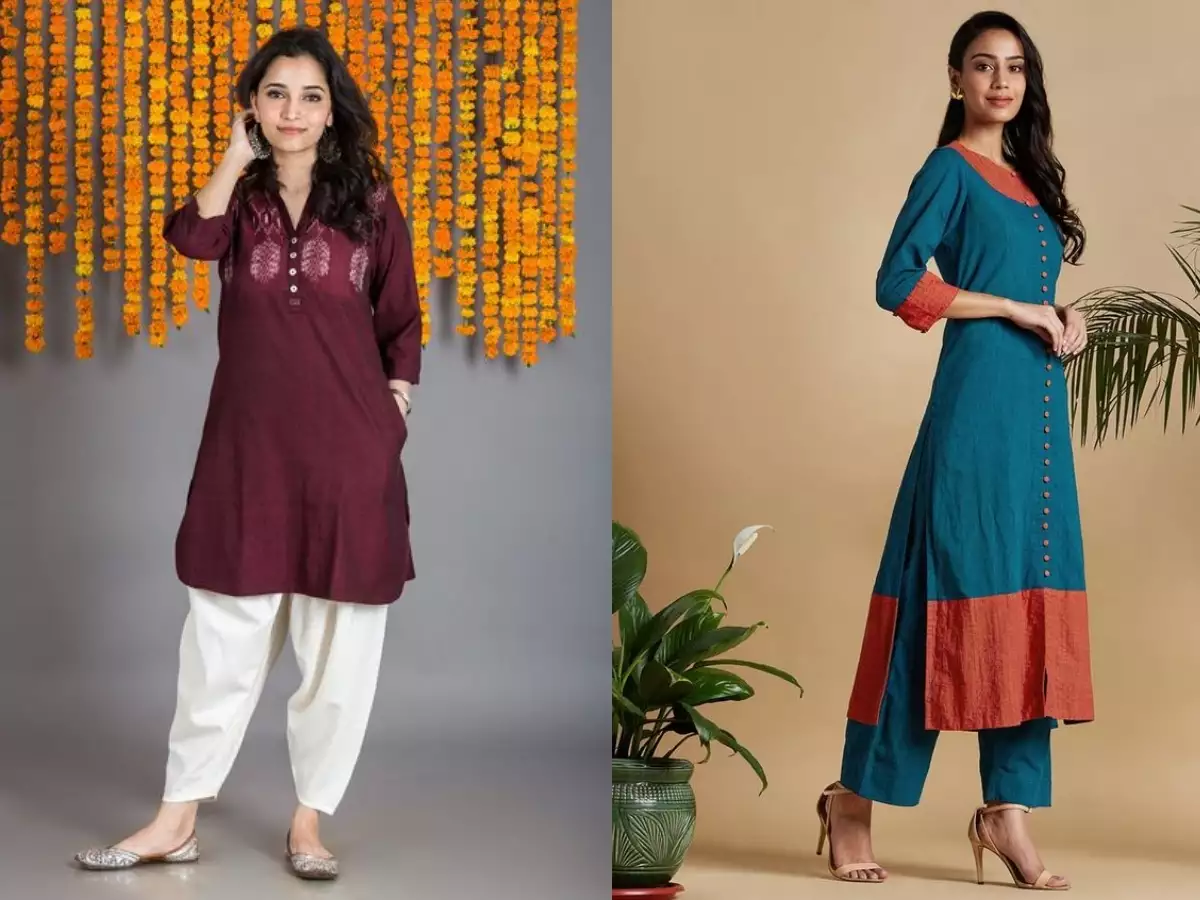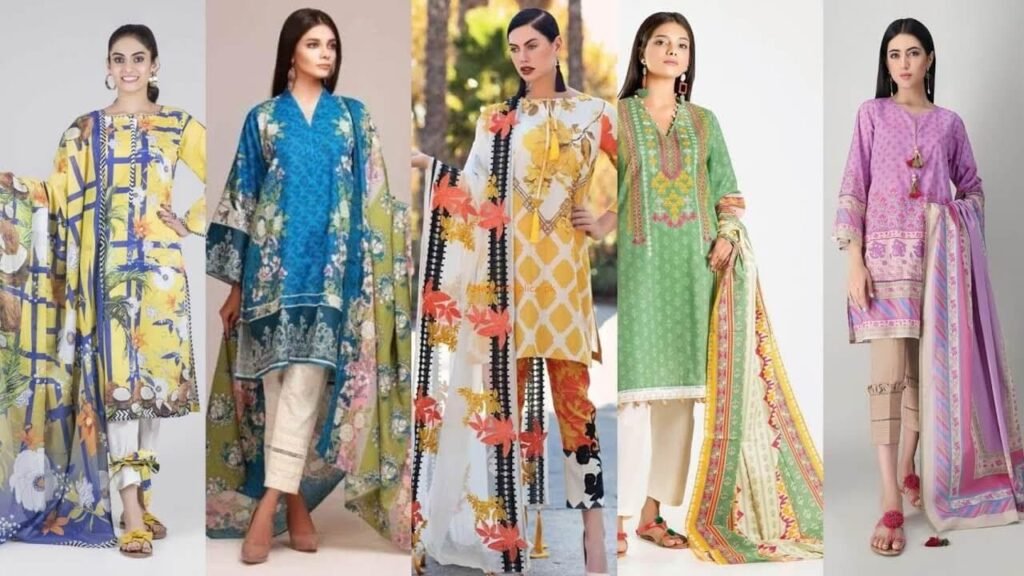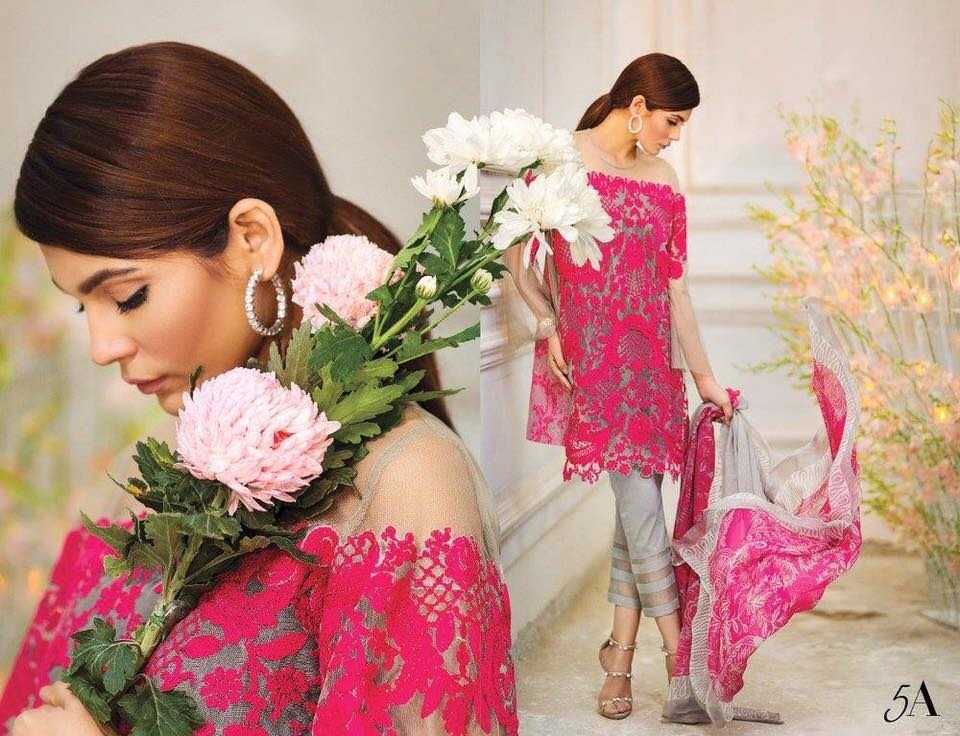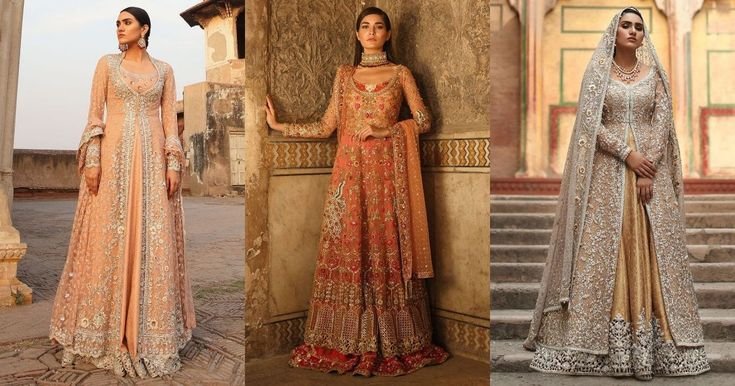Kurtis, also known as kurtas, are a type of traditional and versatile attire worn by women in South Asia, including India, Pakistan, Bangladesh, and Nepal. They are essentially long, loose-fitting tunics that can vary in length, style, and embellishments. Here are some key characteristics of a kurti:
Length
Kurtis typically range from knee-length to mid-calf length. However, there are also shorter kurti that end above the knees, known as short kurti, which are often paired with jeans or leggings for a more casual look.


Silhouette
The silhouette of a kurti can vary widely. Some kurtis have a straight cut, while others are A-line or flared. Anarkali kurtis feature a fitted bodice and a flared skirt, resembling the silhouette of traditional Anarkali suits.


Neckline
Kurtis come in various neckline styles, including round neck, V-neck, boat neck, square neck, and keyhole neck. The neckline can be simple or embellished with embroidery, beads, or sequins, depending on the design.
Read Also Types of Casual Wear for Women.


Sleeves
A kurti can have different sleeve lengths, ranging from sleeveless to full sleeves. Common sleeve styles include cap sleeves, short sleeves, three-quarter sleeves, and bell sleeves. Some kurtis may also feature sleeveless designs with attached or detachable sleeves.
Embroidery and Embellishments
Embroidery is a key feature of many kurtis, with intricate designs adorning the neckline, sleeves, hemline, and back. Embellishments such as sequins, beads, mirrors, and thread work add a touch of elegance and glamour to the garment.


Kurtis Fabric
They are crafted from a variety of fabrics, including cotton, silk, chiffon, georgette, crepe, linen, and rayon. Cotton kurtis are ideal for everyday wear due to their comfort and breathability, while silk and chiffon are more suitable for formal occasions.
Occasions
Kurtis are incredibly versatile and can be worn for various occasions, ranging from casual outings to festive events and formal gatherings. Simple, cotton kurtis are perfect for daily wear, while embellished and designer kurti are suitable for parties, weddings, and special occasions.
Kurtis Pairing
They are typically paired with bottoms such as leggings, jeggings, palazzos, or traditional pants like churidars, salwars, or straight trousers. The choice of bottom can enhance the overall look and style of the outfit.
Overall, kurtis are a popular choice of attire for women across South Asia due to their comfort, versatility, and ability to cater to a wide range of tastes and preferences. Whether worn casually or formally, kurtis exude grace, elegance, and cultural heritage.
FAQs
While both kurti and a kurta are traditional South Asian garments, they are typically shorter and more fitted, often worn with leggings or jeans, while kurtas are longer and looser, often paired with traditional bottoms like salwars or churidars.
No, it can be paired with a variety of bottoms, including leggings, jeggings, jeans, palazzos, or even skirts, depending on the desired look and occasion.
Yes, many of them are designed for formal wear and come embellished with intricate embroidery, beadwork, or sequins. These can be worn for weddings, parties, and other formal events.
The best fabric for a kurti depends on personal preference and the occasion. A cotton kurti are comfortable for everyday wear, while silk, chiffon, or georgette are more suitable for formal occasions.
It is recommended to follow the care instructions provided on the garment’s label. In general, your kurti can be hand washed or machine washed with mild detergent, and delicate fabrics may require dry cleaning.




